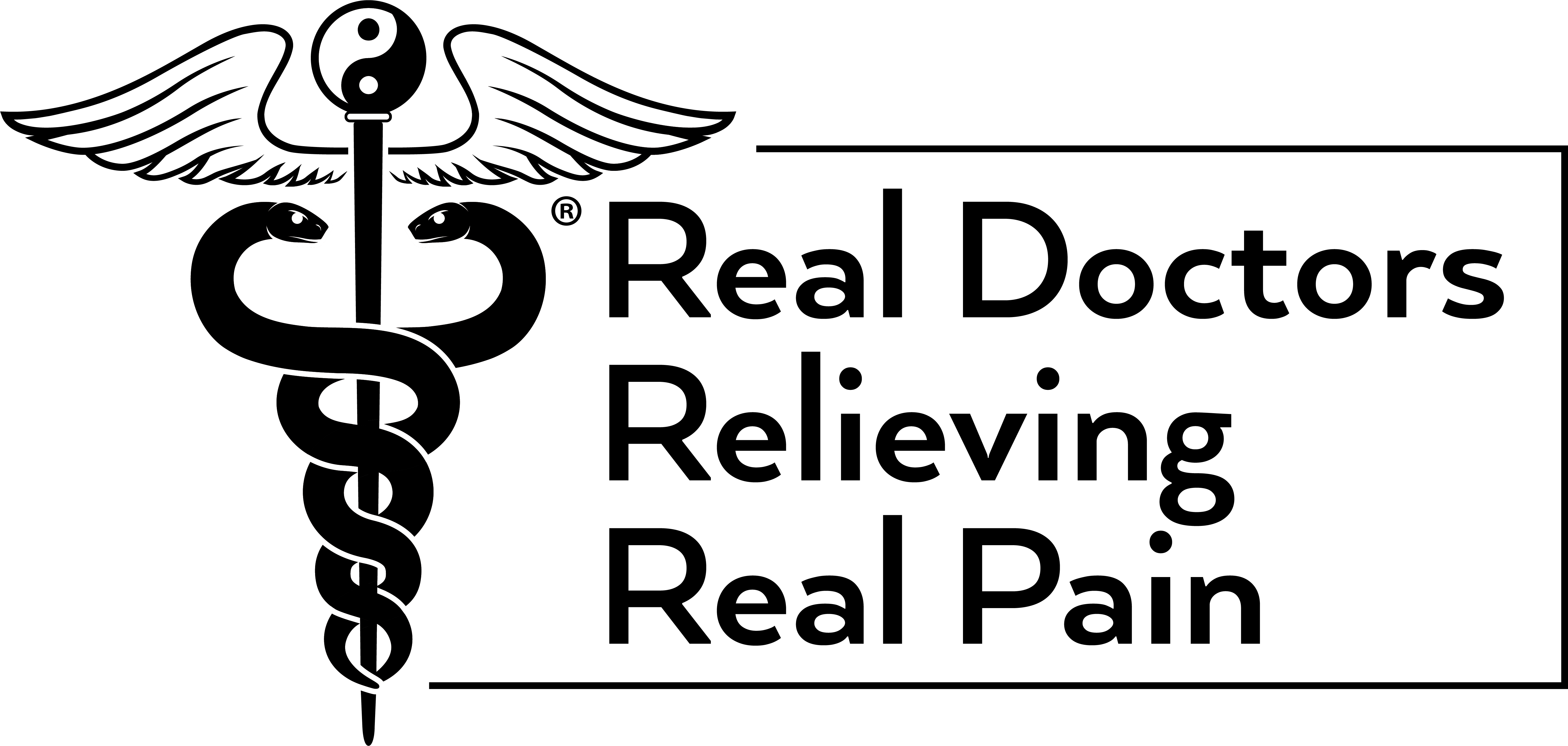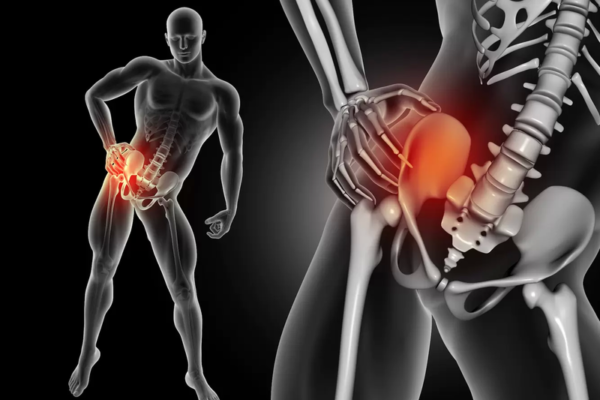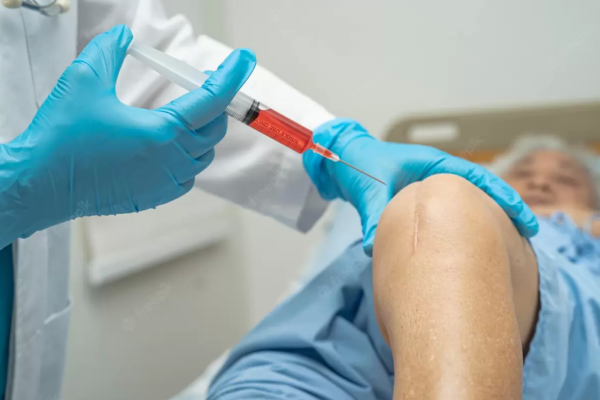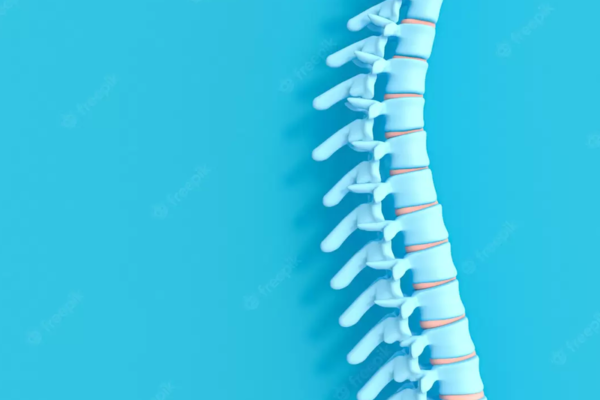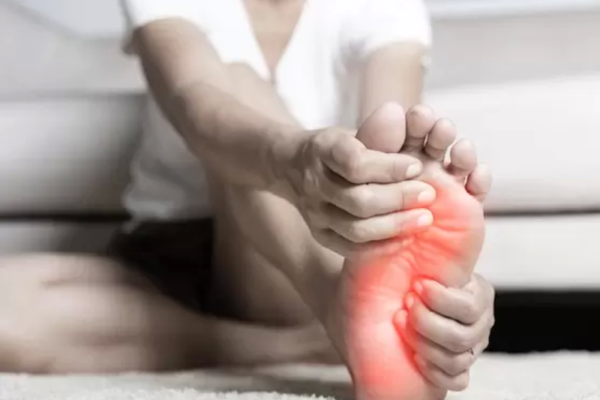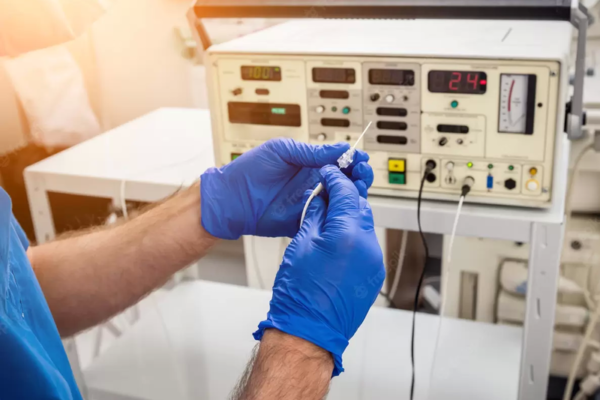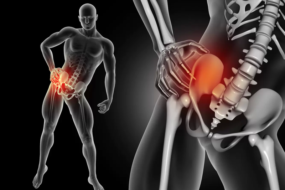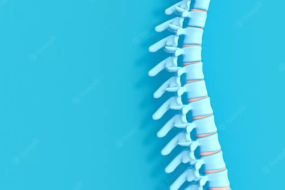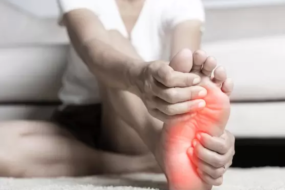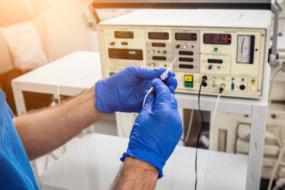Sciatica is a back problem caused by a pinched nerve, which results in distinctive pain that travels from your lower back down one leg. If you have pain that matches this description, Dr. Andrews, MD, a board-certified interventional pain specialist at No Pain, can help. Dr. Andrews is a leading expert in chronic pain and spinal conditions. If you think you might have sciatica or you have back pain that isn’t getting better, call today to schedule a consultation or book an appointment online.
Sciatica
Sciatica Q & A
What is sciatica?
Sciatica is a painful condition that affects your lower back, hip, buttocks, and legs. The problem is due to pressure on the sciatic nerve, which has its roots in the lumbar region of your spine, then divides into two branches that go down each of your legs.
Pressure on the sciatic nerve comes from the surrounding tissues. For example, if you have a herniated disc, the bulging tissue can press on the sciatic nerve. Pressure typically causes pain along the path of the sciatic nerve, usually going down one rather than both legs. You might experience:
- Pain when you move
- Stabbing pain if you sneeze or cough
- Weakness in the painful leg
- Pins and needles sensations
- Numbness, burning, or tingling feelings
Sciatica can affect anyone but is most common in people ages 30-50.
How is sciatica diagnosed?
Your symptoms are likely to give Dr. Andrews a good indication that the problem is sciatica. He also carries out a thorough physical exam and reviews your medical history, as well as discussing your current symptoms.
You may need to undergo diagnostic imaging, such as X-rays or an MRI scan, to enable Dr. Andrews to see the internal structures of your spine more clearly. Using these techniques, he can locate the nerve root that’s causing pain and find out what’s causing the pressure.
How is sciatica treated?
Many cases of sciatica heal on their own within a few weeks if you combine rest with gentle exercise. Nonsteroidal anti-inflammatory drugs (NSAIDs) help ease any pain and inflammation. Muscle relaxants and hot and cold compresses can also help your recovery.
If you’re still finding it too painful to carry out gentle exercises and stretches, Dr. Andrews might recommend an epidural corticosteroid injection into the area. Regenerative medicine techniques can also help damaged tissues to heal in some cases.
If after three months your pain is still unresponsive to conservative treatments, you may need to undergo surgery. A procedure called laminotomy with discectomy removes the herniated disc if this is the cause of your sciatica, and is generally successful in relieving pain.
If you have any symptoms of sciatica or back pain that aren’t improving after a few days, call No Pain to schedule an appointment or book online today.
WHAT WE OFFER
Chronic Pain Conditions and Treatments
-
-
-
-
-
-
-
-
-
-
-
-
-
Migraine
Coming Soon. Learn More.
Did you know that?
Donec sed odio dui. Nulla vitae elit libero, a pharetra augue. Nullam id dolor id nibh ultricies vehicula ut id elit. Integer posuere erat a ante venenatis dapibus posuere velit aliquet.
-
-
-
-
-
-
-
-
-
-
-
